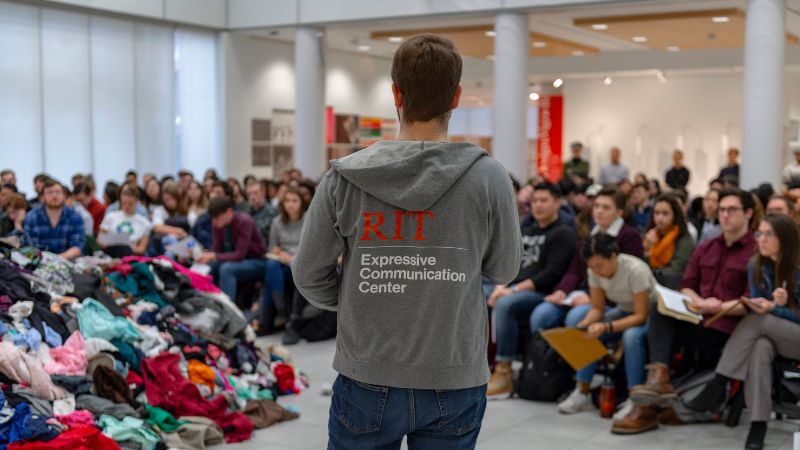Advertising and Public Relations Immersion
- RIT /
- Rochester Institute of Technology /
- Academics /
- Advertising and Public Relations Immersion
Featured Work and Profiles
-
Ad/PR Grads Built a Bubble Tea Business with National Reach
Tian Tian and Zining Kelvin Chen, who both earned Advertising and Public Relations BS degrees from RIT’s School of Communication in 2017, created a thriving Rochester business that has grown today to...
Read More about Ad/PR Grads Built a Bubble Tea Business with National Reach
Curriculum for 2025-2026 for Advertising and Public Relations Immersion
Current Students: See Curriculum Requirements
Related News
-
April 26, 2024

RIT Ad/PR Majors Win Award at American Advertising Federation National Student Advertising District 2 Competition
Four advertising and public relations majors represented RIT in its debut at the annual American Advertising Federation (AAF) National Student Advertising District 2 Competition held April 20 in New York City. Recognized for skillfully answering the judges’ questions and leaving no question unanswered, the team won the “Best Q&A” award and placed fourth overall, beating out legacy participants.
-
April 4, 2024
-
March 24, 2017













